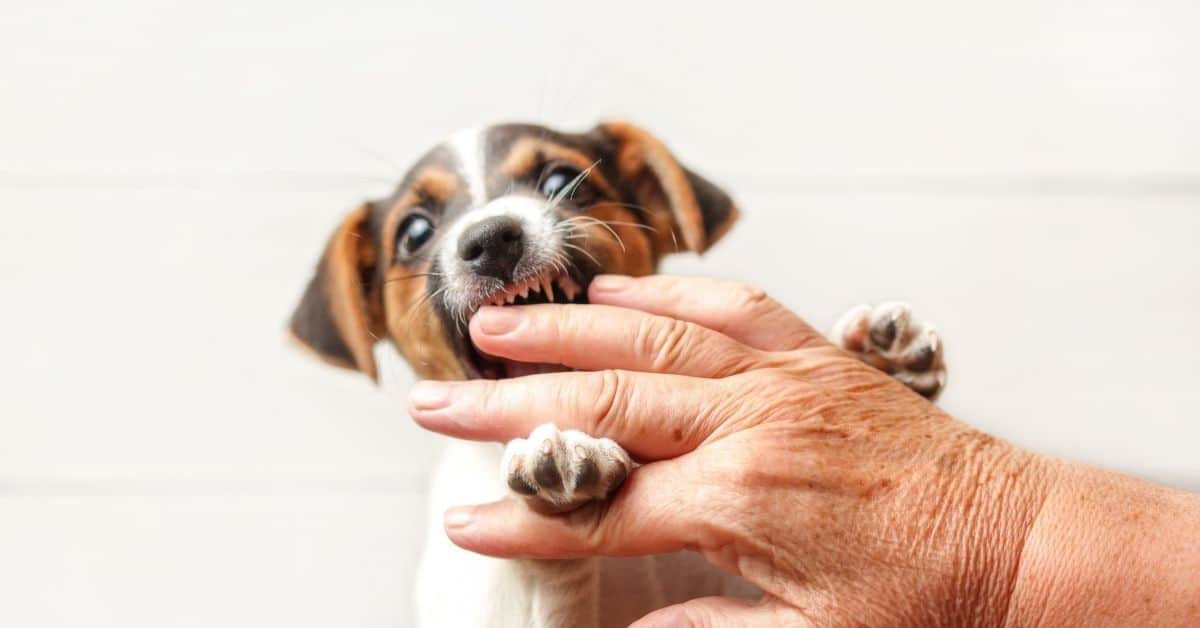A puppy’s habit of biting is common, and sometimes a natural behavior.
But we know, for dog owners it can be annoying and hurt, and you just don’t want your dog to bite.
And sometimes, also adult dogs bite, which is even worse.
Therefore, you want to know how to train a puppy not to bite (or even an adult dog).
Your dog must realize that biting is not acceptable and you need to have a way to stop your puppy from biting.
There are about 28 teeny-tiny razors in a puppy’s mouth, and they seem to be drawn to your fingers or toes.
Although dog trainers call it “play biting,” it is annoying and frequently painful when your adorable puppy seems to be all teeth.
However, you can train your puppy to stop doing this with just a few easy steps.
Before we start with the tips and tricks on how to stop your puppy from biting, one crucial thing:
Don’t punish your dog by shaking him, punching him in the nose, sticking your fingers down his throat, or any other harsh methods that might hurt or frighten him.
Physical punishment can instill fear in your puppy and even lead to real aggression, which in turn can result in puppies bite more.
With that said, here are 11 things you can do to train a puppy not to bite.
Teach Your Dog To Bite With Restraint
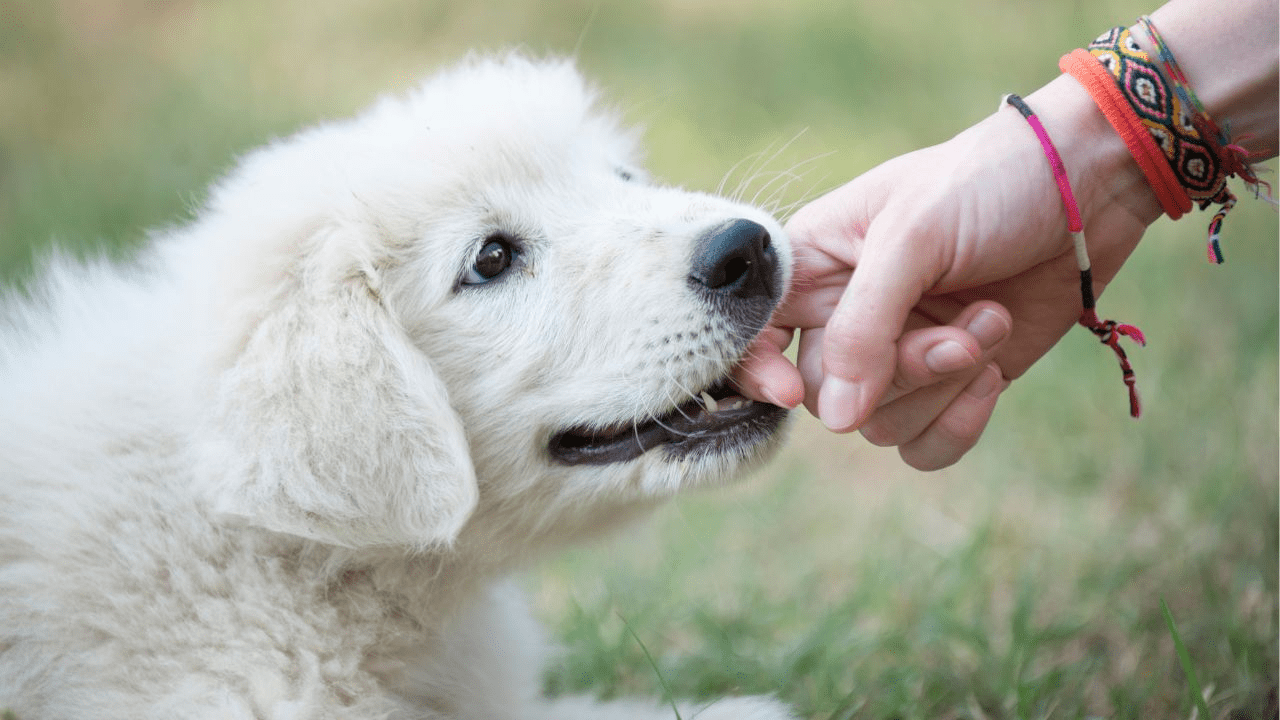
All dogs must learn how to control how hard they bite, therefore, you need to teach bite inhibition.
They might eventually speak ill of you or someone else because they are hurt or afraid.
However, they know not to bite down firmly if they have mastered bite inhibition.
When playing, puppies naturally bite at one another.
The other dog will probably yelp loudly to warn the puppy, “hey, that hurt!” if they grind their mother or another puppy too hard.
Depending on the dog, you can also teach this by yelling “ow!” loudly whenever they bite you.
Be careful, as some puppies may become even more agitated and likely to bite.
In this situation, it is preferable to slowly turn around, leave, or place the dog gently into its crate for a few minutes to calm down.
With your body language, you can change a lot, make sure you use it in your training process.
Make sure to give your dog a treat and verbal praise if they do back off.
Say “no,” “ow,” or “stop” frequently.
If a puppy bites while playing, try not to scream or flail your hands in excitement, as they might interpret this as a reward. Instead, say “no” or yell in agony while letting your hand become limp. Only resume the fun after your dog has been released or retreated.
Offer Another Object
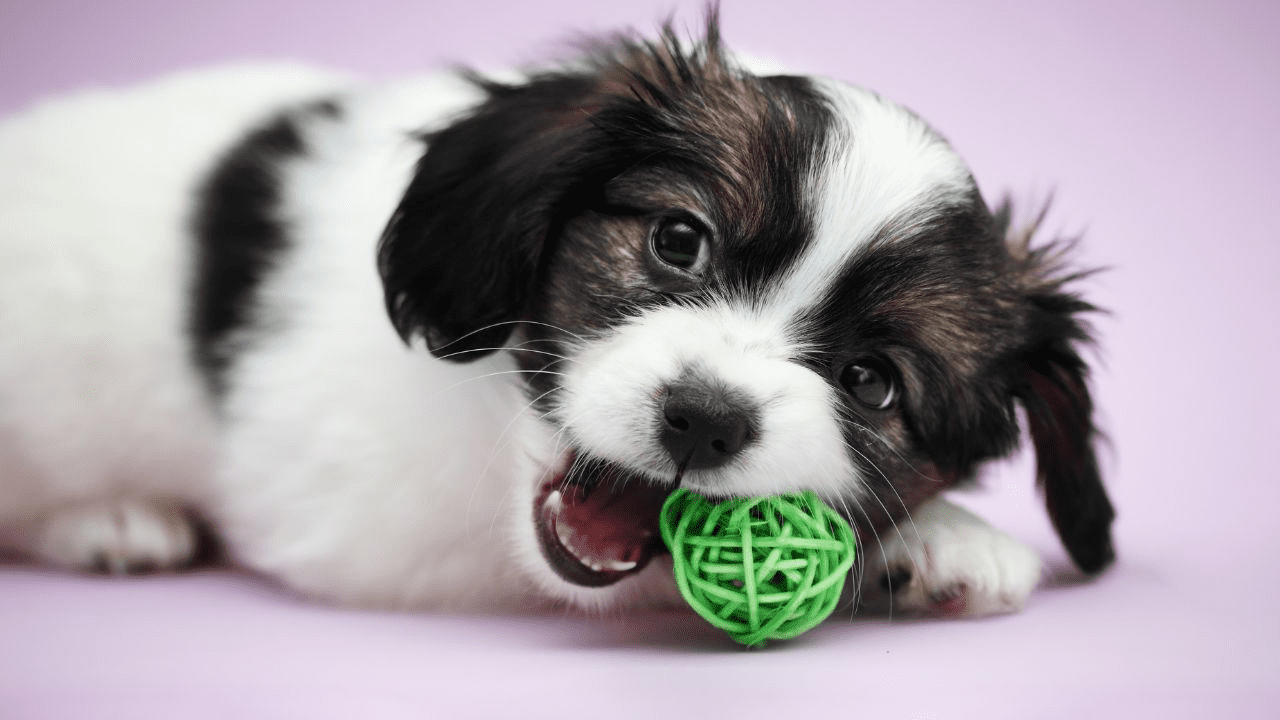
Although it does require consistency, the redirection method is excellent for teaching your puppy to stop biting.
Puppies will bite anything in front of them, and it is even more exciting if it moves.
As a result, if you yank your hand away after your puppy bites it, they might interpret this as a game and continue chasing after your tasty fingers.
They learn that there are far more exciting things to chew on than your flesh by using the redirection technique.
Redirect your puppy’s attention to something else whenever they attempt to bite your hands or pant legs.
The procedure is pretty straightforward, but as already mentioned, consistency is essential. The redirection method goes like this:
You should instead give your dog a toy when he bites. Make noise, move it around—do whatever it takes to make the toy more entertaining than the puppy biting you.
Ignore your dog if he refuses to play with the toy. Ignoring means: staying still because puppies love to chase anything that moves, including the legs of your pants.
Let your puppy chew toys.
Exercise Your Dog
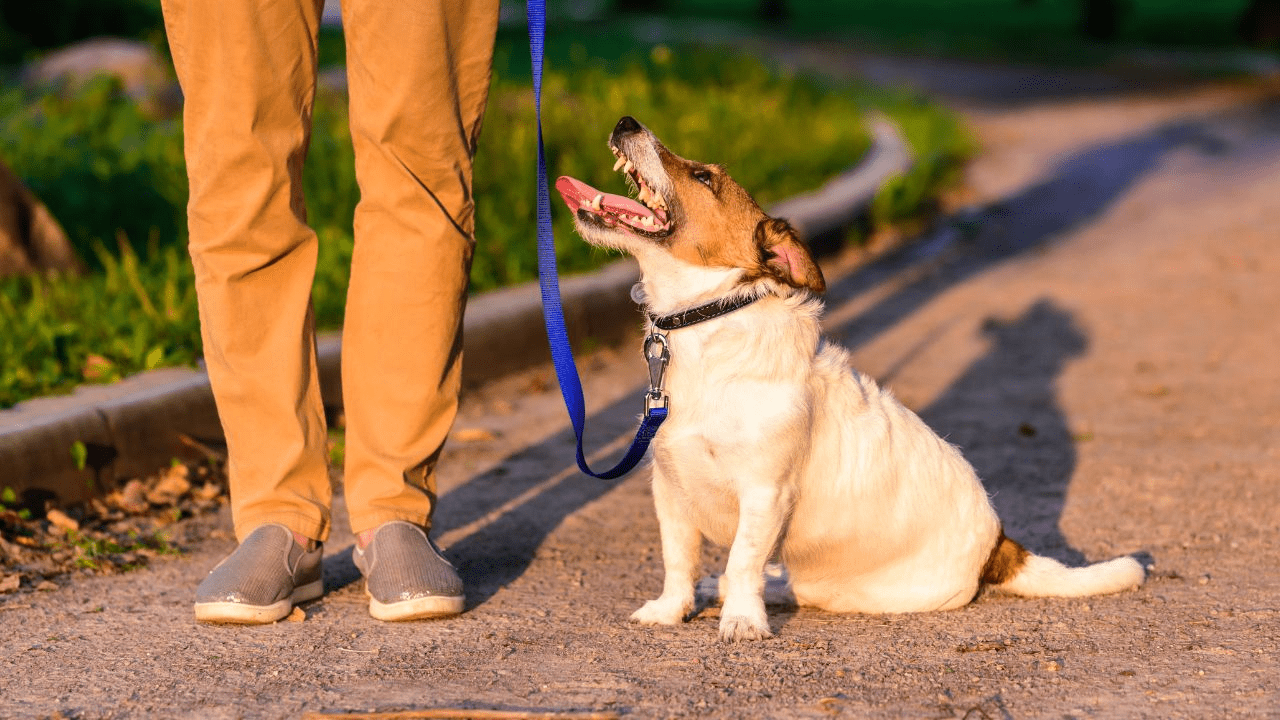
One of the best ways to help a puppy with problem behaviors is to exercise it.
When puppies aren’t given enough mental and physical stimulation, they frequently act out.
A puppy can typically get 5 minutes of exercise twice daily for each month it is old.
A 3-month-old puppy can therefore exercise twice daily for 15 minutes.
Be careful not to outpace your dog.
Overexertion can eventually lead to joint issues.
However, a tired dog is also less biting puppy.
Use “Game-Over”
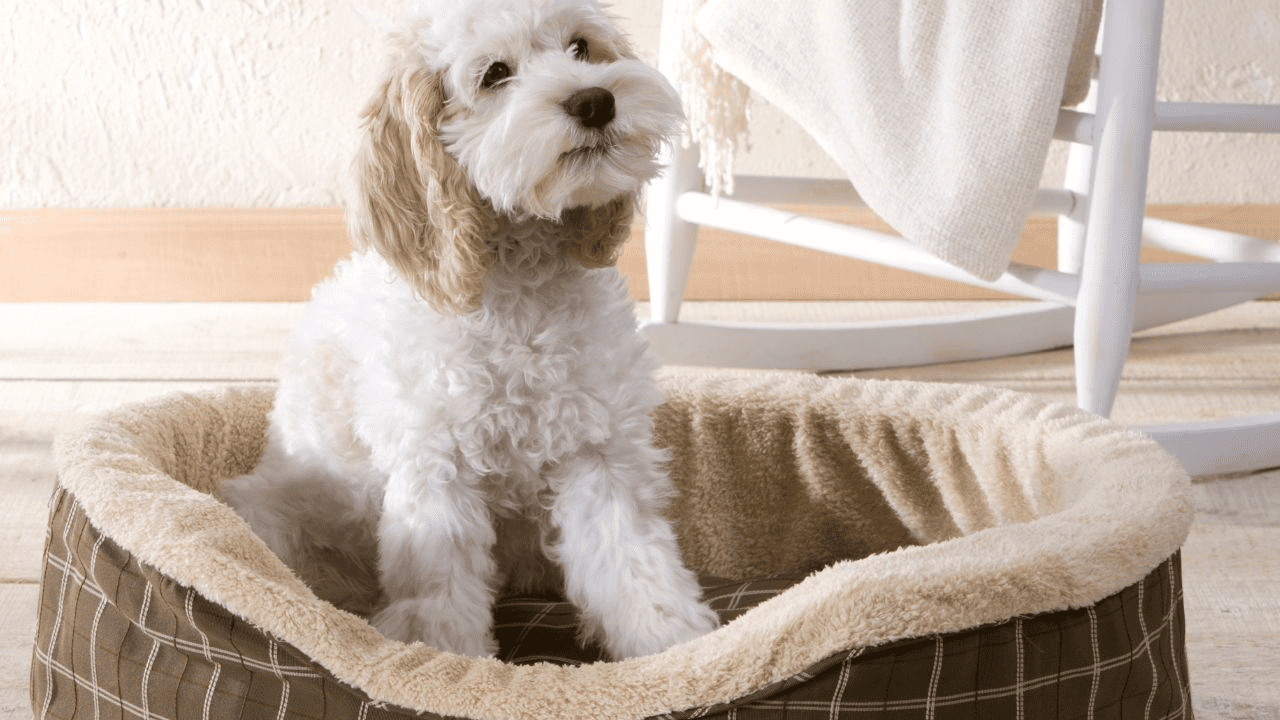
There are no exceptions; if your puppy bites you while you’re playing, the game is over.
As strange as it may sound, yelling at or hitting your puppy is also a reward.
It serves as positive punishment by teaching them that biting results in a response from you.
They also might develop a fear of handling as a result of this.
Instead, impart the knowledge that biting will not benefit them.
Turn around and tuck your hands under your armpits.
That way, you show your dog that you don’t want to play and that you’re stopping puppy biting.
If your furry friend get’s calm, it’s ok that the gentle play continues.
Stop The Pounce
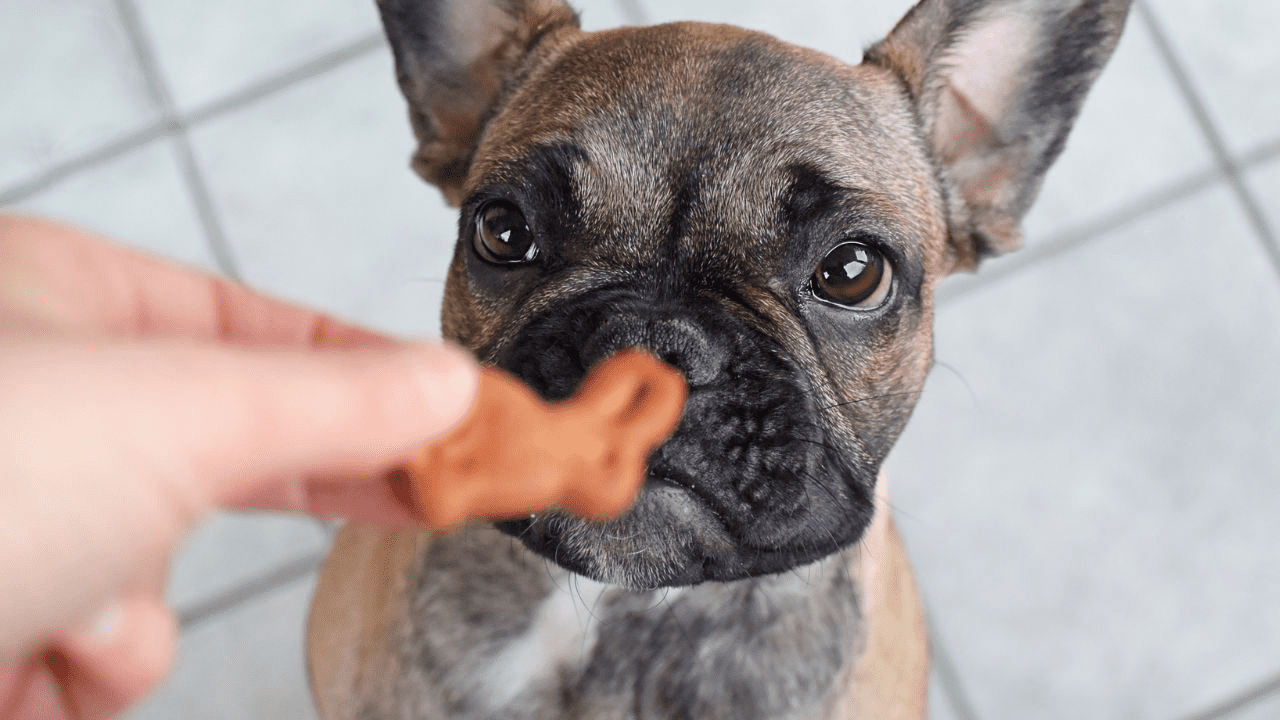
Hold a high-value treat next to your leg to help the puppy learn to walk politely alongside you if it is pouncing on your legs or feet as you walk, which is a typical playful puppy behavior.
The same method is employed to teach a puppy to walk on a leash.
Teach “Leave It”
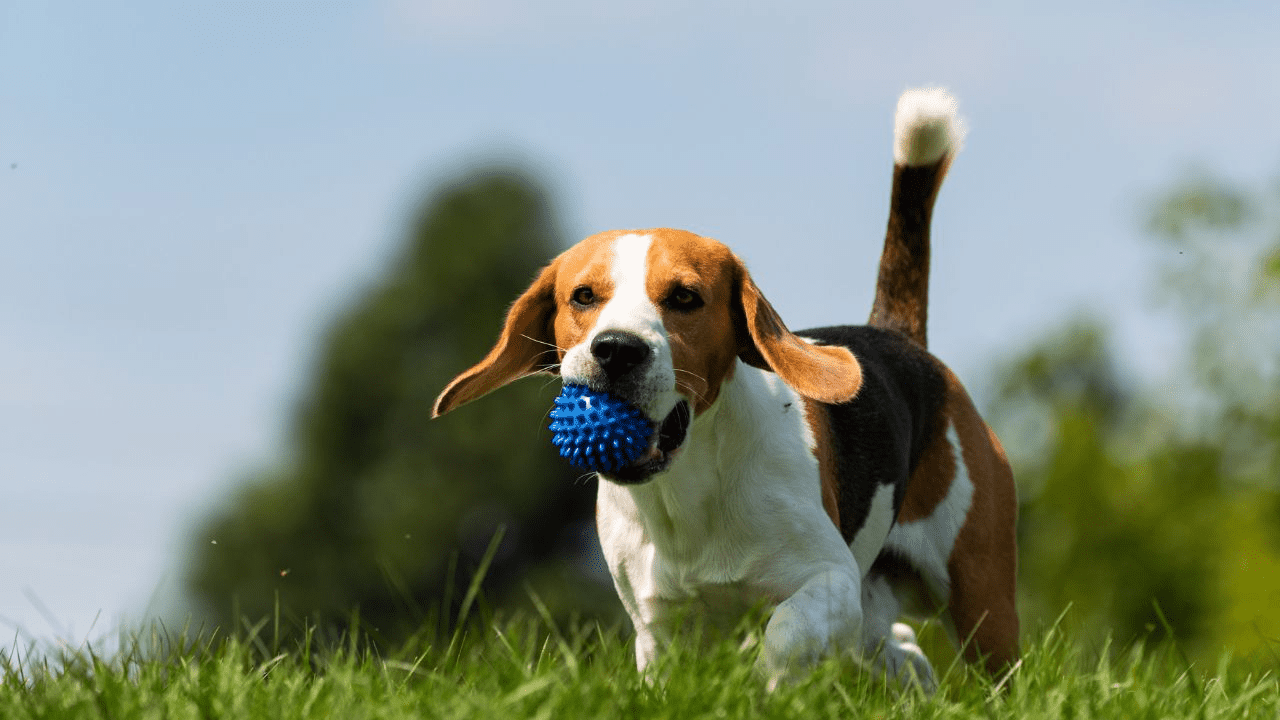
A powerful technique to get your dog to stop biting you is to teach him to “leave it”.
The leave-it behavior is all about restraint in its most basic form.
A dog that can restrain from lunging and grabbing a treat on the ground is much more likely to be able to leave your hand alone when you ask.
Here is a brief explanation of “leave it”:
Step 1: Simply sit down and treat your puppy to get his attention.
Step 2: After showing your dog a treat, close your hand so he can’t get to it.
Your puppy will probably lick, bite (hopefully not), or paw at your hand where the treat is in an attempt to get to it. Say “no” to the situation by saying this.
Say “Yes” once your puppy returns or stops attempting to get the treat, and then give him another pleasure.
Step 3: Continue to model this behavior until your puppy understands it generally.
It is best to say the word to your puppy while it is moving.
You can then use the signal word “leave it” once this has occurred.
Step 4: The next difficulty level is to work on getting your dog to leave the treat in your hand while you are holding it.
Step 5: Practice, practice, and then practice some more. Approach “leaving” your puppy with anything—slippers, toys, socks, treats, etc.
Regularly Play
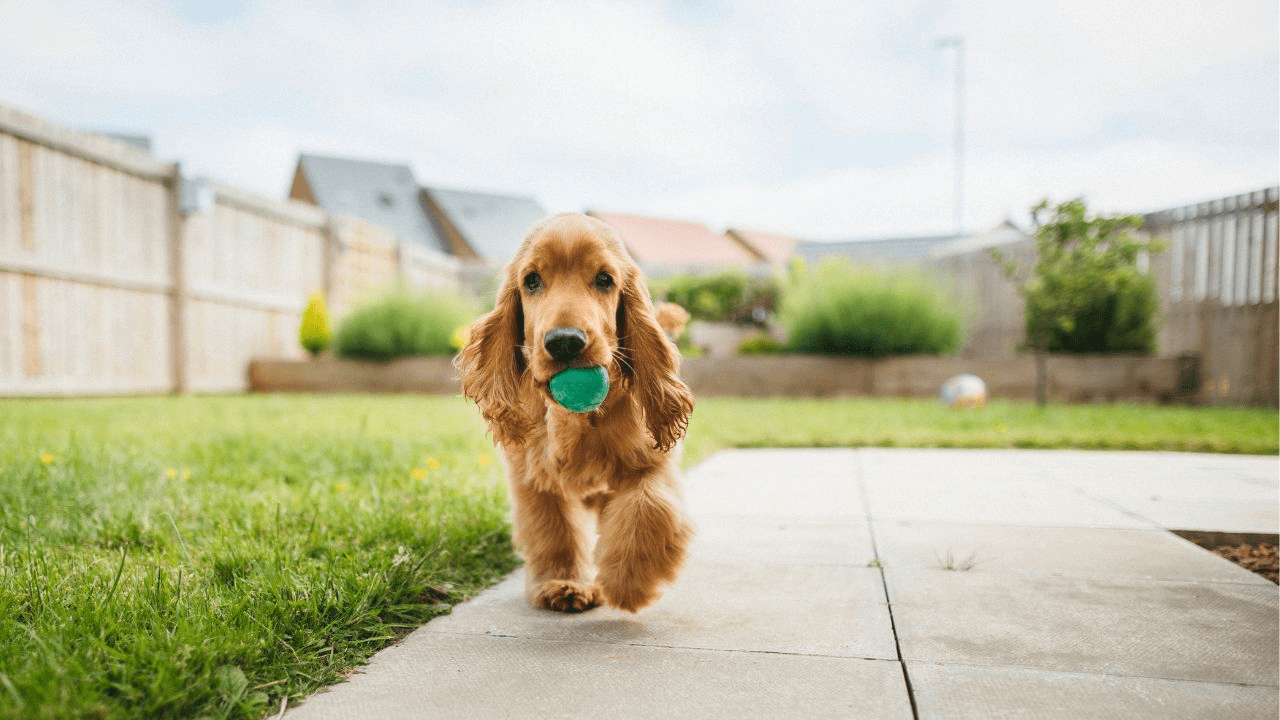
Your dog may become worn out after playing fetch or tug of war, so therefore, it’s very important to know how a puppy plays and to start with gentle play.
When puppies are bored and want to play, they frequently chew and nip.
Grab a rope or ball instead of fighting or playing with your hands.
Avoid flapping your arms around, and keep your movements soft.
Your dog will only be thinking about biting the toy this way.
Engaging in age-old games with your dog, enables them to bite and pull without causing damage.
Set a goal to exhaust your dog. They will be more worn out and less likely to chew as their physical and mental stimulation increases.
Meet Other Puppies
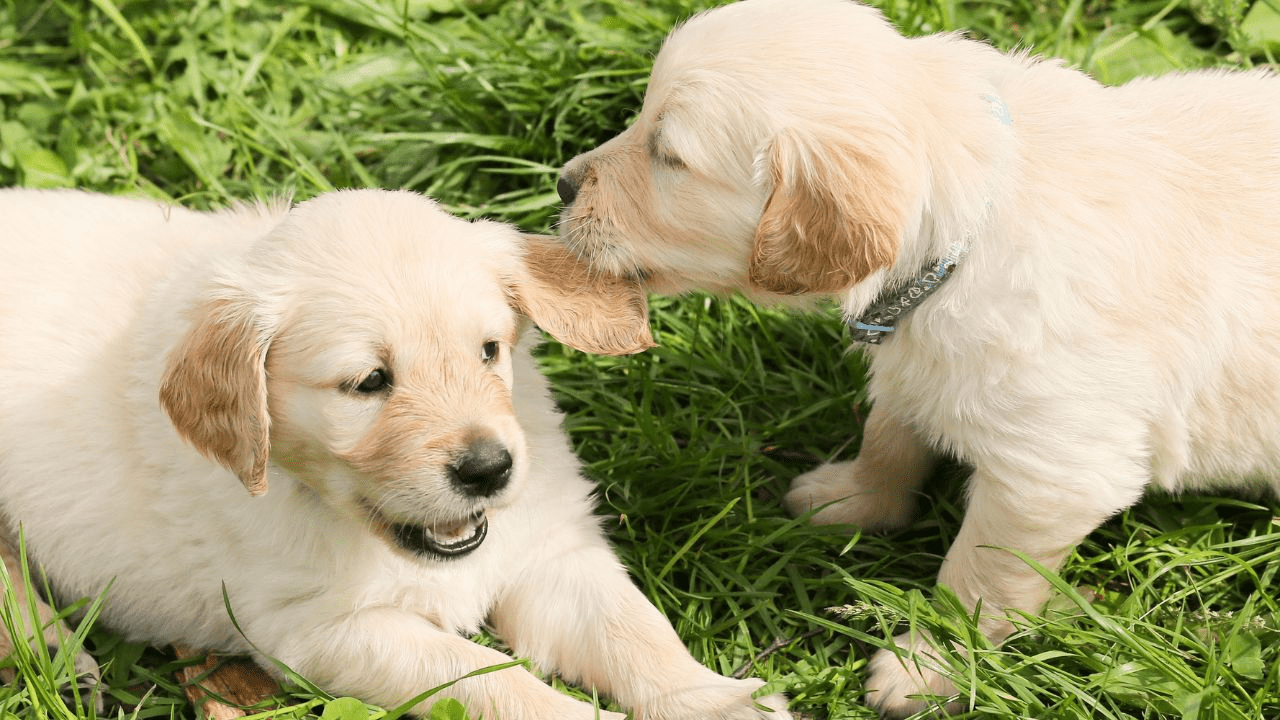
Puppies are naturally taught the consequences of biting through socialization.
When puppies play together, a lot of pouncing, wrestling, and biting goes on.
A puppy will yell out in pain when it accidentally bites another puppy too hard, causing the snarky puppy to release its hold and back away.
Playing with other dogs helps your puppy develop biting inhibition because they don’t want to hurt their playmate or you.
Bring your dog along when you visit friends so they can meet your friends’ adorable animals.
Take your dog to the park to meet other critters.
Enroll your puppy in a training class to meet other dogs and learn new training methods.
While at work, drop your dog off at a puppy daycare so they can socialize during the day.
Rewarding
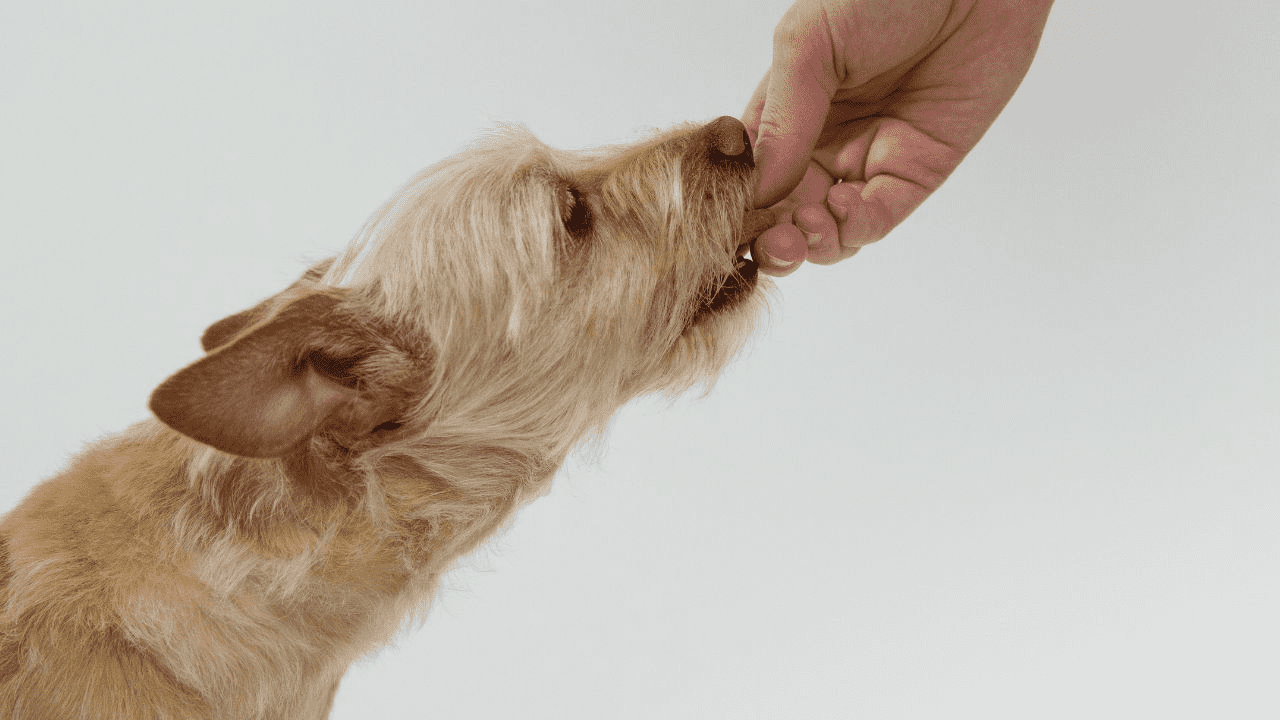
You can reassure your dog by saying things like “Yes!” and “Good boy/girl!”.
Whenever your puppy behaves correctly, always give them praise.
When they comply with your instructions or quit biting, hug them and use a positive tone of voice.
That will make them happy and convey to them that you enjoy what they are doing.
Reward your dog with a special treat if they are acting extra nicely.
That is a fantastic way to get them to link good behavior to something good.
Stop Rough Play
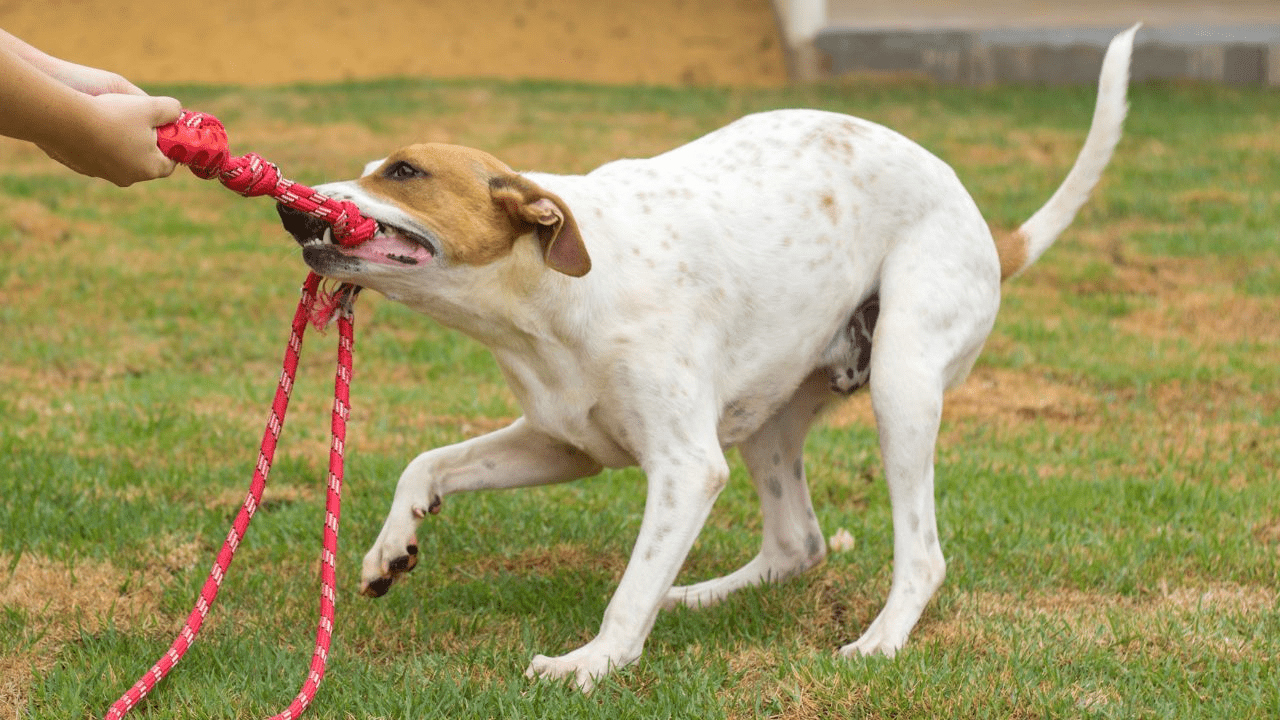
You must immediately stop playing any roughhousing-based dog game.
Although playing games like tug of war and wrestling with your new dog is part of the fun, many dogs aren’t good at them.
Stop the game immediately and use a toy or treat to divert your puppy to get him or her to stop biting.
You can carry on playing once your puppy has calmed down.
Puppies play very energetically, so your aim during a play session should be to exhaust your puppy rather than instill bad habits.
To help your puppy learn fair play, you must stop these activities if the animal is still within the range of its biting phase.
You are teaching him through these games that if he playfully bites you, he is accessible to roughhouse with you anytime.
You must exercise extreme caution if you don’t want your dog to be aggressive toward children and strangers.
Your dog shouldn’t ever attempt to bite or act aggressively toward you.
Be Patient
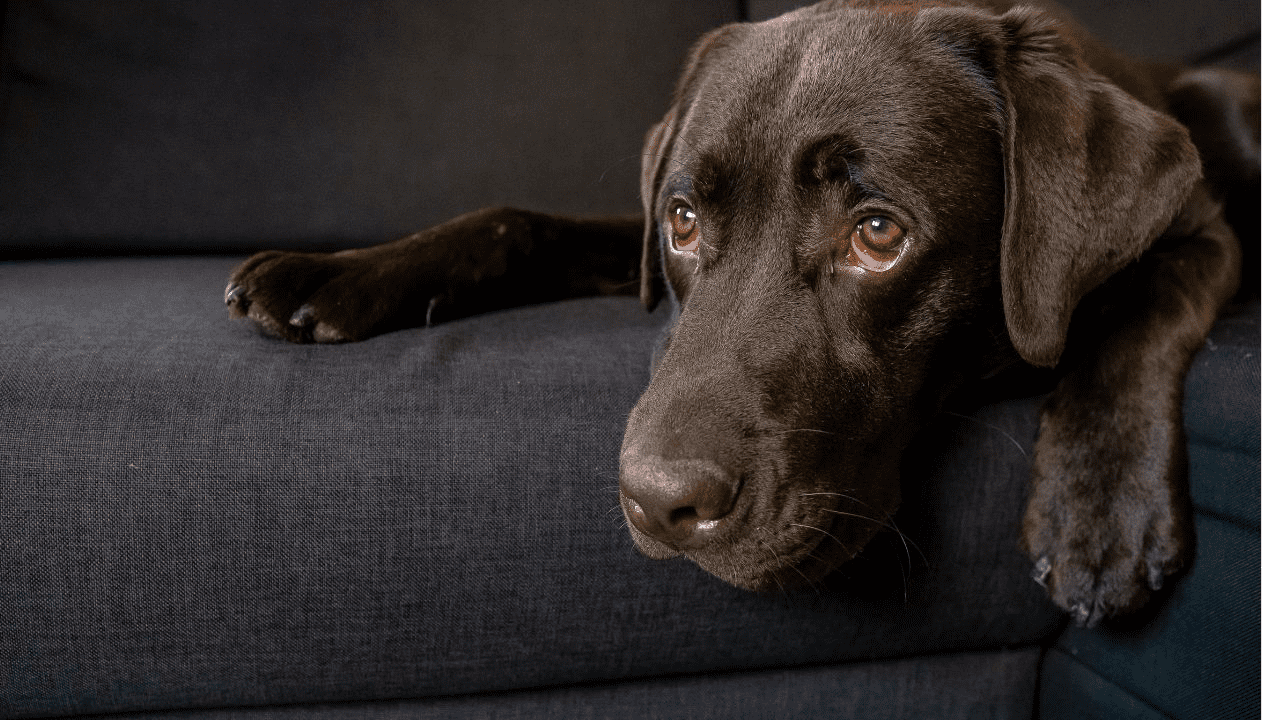
This advice is the most difficult to implement when the puppy bites the whole side of you and all fellow humans.
But in fact, it is:
Stay calm, stay patient and implement the tips and tricks mentioned.
That is the best common ground for success.
As mentioned in the last point, this takes some time, and we understand that it can be very nerve-wracking sometimes.
But don’t give up.
It is perfectly normal for puppies to bite in the beginning.
And you’ll see, the biting behavior will change and your little furry friend will stop biting.
With the above-mentioned things, you’re prepared and ready to stop this bad behavior and get the good dog you deserve.
Before You Go…
Now you know how to train a puppy not to bite.
If you want to learn more, read the following articles too!

